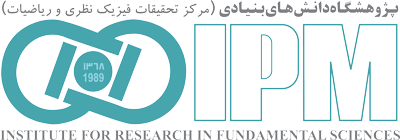“School of Nano-Sciences”
Back to Papers HomeBack to Papers of School of Nano-Sciences
| Paper IPM / Nano-Sciences / 18175 |
|
||||||||||||
| Abstract: | |||||||||||||
|
Effective thermal management in polymer-based materials remains a critical challenge due to their inherently low thermal conductivity, driving the need for advanced nanocomposites. This study develops non-equilibrium molecular dynamics (NEMD) simulations to investigate the thermal transport properties of polyethylene (PE) reinforced with graphene functionalized by hydrogen (H), methyl (CH3), and ethyl (C2H5) groups with volume fractions of 5–30%. The interfacial thermal conductance (ITC) between PE and graphene increases significantly with functionalization, reaching 2.50 × 108 W/m2K with 30% ethyl coverage, a 250% enhancement compared to 8.8 × 107 W/m2K for pristine graphene. The effective thermal conductivity of the PE/functionalized graphene composite peaks at 0.42 W/mK with 30% hydrogen coverage, a 17.4% improvement over the 0.36 W/mK of PE/pristine graphene, though still 6.5% below pure PE (0.45 W/mK). Analysis of the vibrational density of states reveals that ethyl groups maximize phonon coupling at the interface, explaining their superior ITC enhancement. These findings offer quantitative insights into optimizing polymer nanocomposites for thermal management applications, such as microelectronics and energy storage systems, where efficient heat dissipation is important. Download TeX format |
|||||||||||||
| back to top | |||||||||||||



















